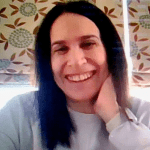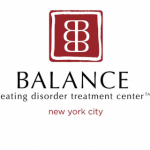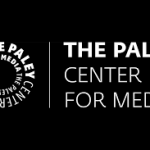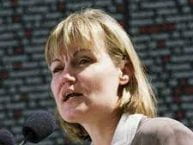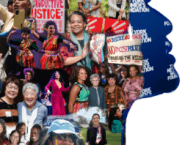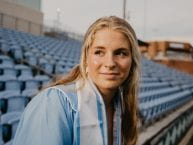
Me and my group traveled to the Paley Center, where we then met Rebekah Fisk, Director of Education with a history of working in museums and educational organizations. We discussed how beauty standards have spread and affected everyone. We discussed how they have originated and how unfair they are. Fisk told us her mother cared about her appearance, she said this was because if a daughter was imperfect, society would blame that on the mother. I added that girls are put to such a higher standard than boys, meant to be perfect and pretty and smart– but not too smart otherwise she’s a prude. Boys are raised to be imperfect, girls aren’t. I believe this is why so many girls have little confidence in themselves, we are raised to be unsure of ourselves, and hold less of an opinion because that’s what boys like to hear. Now, those girls are women and edit or filter photos of themselves to fit into that perfect body, an impossible and ridiculous standard that we are meant to somehow align to.
Fisk then showed us a few videos. The one that stood out most to me was one of a Wonder Woman fight scene. Wonder Woman (older version) was comedic and sexual, taking her role as a superhero unseriously and making a joke of a girl fighting. She, despite being strong and powerful in the comic, was submissive and ditsy in a way. It just shows how women have always been seen, as less than capable. She also showed us an ad asking older people vs young girls to “run like a girl”. The older ones ran offensively, tripping and bending their legs strangely. The girls ran normally, showing how women grow up being taught to have low self-confidence in themselves, it was sad.
The interview was very informational and I thoroughly enjoyed and appreciated my time in the Paley Center. Thank you Rebekah for your time
Read more


